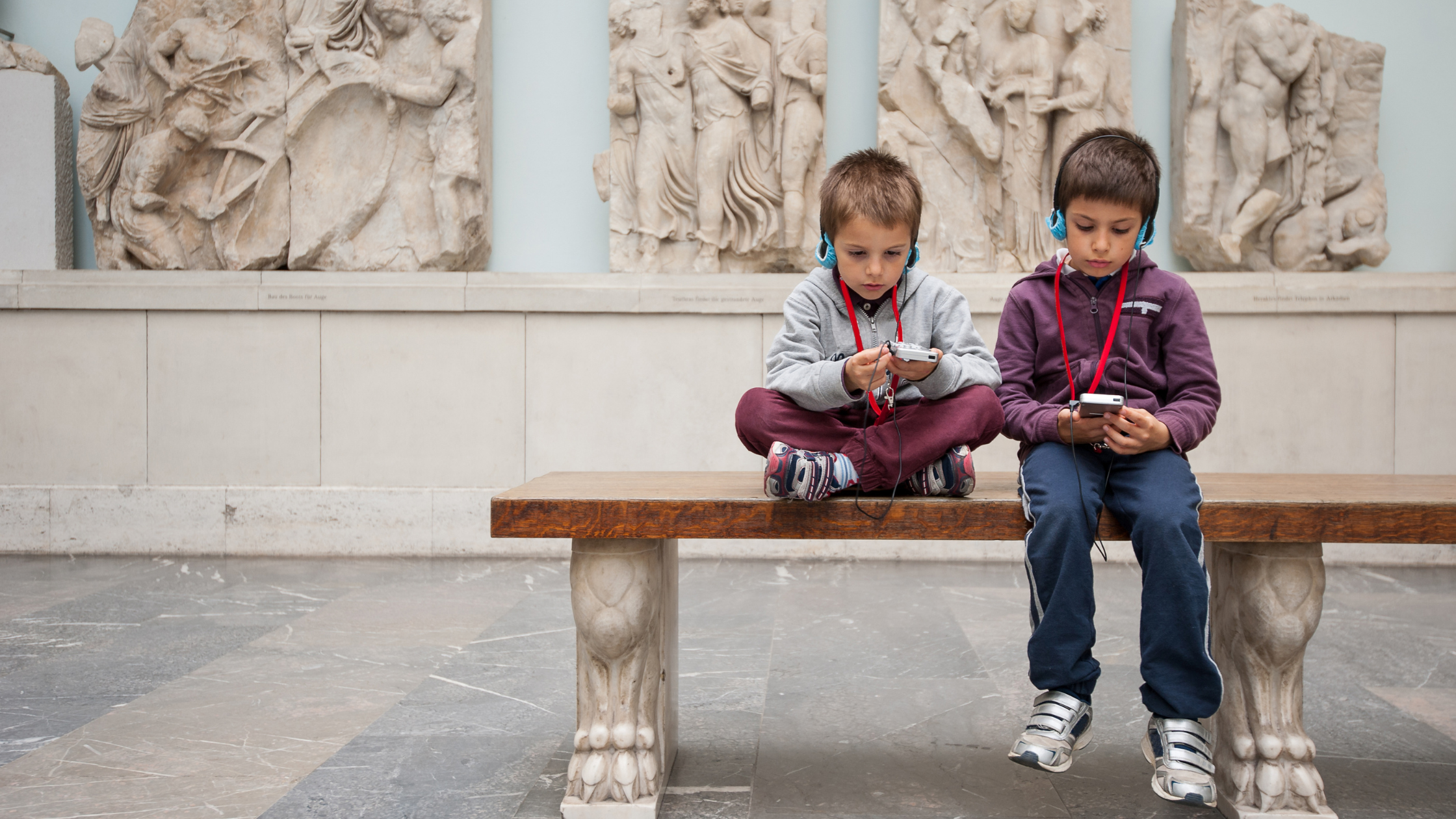Enhancing Museum Experience through AI Audio Solutions: Bridging Language Gaps for a Global Audience
In recent times, museums around the world have witnessed a significant increase in Asian visitors, contributing to the cultural diversity of their audiences. However, despite this surge in attendance, language barriers often hinder a truly immersive and inclusive museum experience. With English proficiency in languages such as Chinese, Japanese, and Korean relatively low, addressing this challenge has become crucial for museums seeking to engage and educate a broader audience. In this blog, we will explore how AI audio solutions are revolutionizing the museum experience by breaking down language barriers and offering a more inclusive environment for visitors.
The Language Challenge
Before delving into the solutions, it's important to acknowledge the language challenge faced by museums. According to the EF English Proficiency Index, English proficiency in countries like China, Japan, and Korea is lower than in many Western countries. This language gap poses a significant obstacle for non-English-speaking visitors who might struggle to understand exhibit descriptions, historical narratives, or educational content presented in English.
Audio Translation Services
Generative AI for Real-Time Interaction
Improvements in Synthetic Audio
The accessibility of AI audio solutions has been further enhanced through improvements in synthetic audio. While generative AI facilitates real-time interactions, synthetic audio ensures a consistent and high-quality listening experience. This is particularly important for storytelling in the first person or when aiming for high-level engagement. Professional voiceovers, akin to acting, elevate the museum experience, making it not just informative but also emotionally compelling.
Understanding Generative AI
Generative AI operates by training the engine to understand and respond to specific queries in different languages. For instance, a question posed in Chinese can be answered in a Chinese voice, creating a seamless and authentic experience. However, it's essential to acknowledge the limitations of generative AI, which include the dependence on internet connectivity, Wi-Fi availability, and the need for devices that can support this advanced technology.
Overcoming Infrastructure Challenges
While generative AI presents a groundbreaking solution, the effectiveness is contingent on robust internet infrastructure. Museums must invest in reliable connectivity and ensure widespread Wi-Fi availability to deliver a seamless experience to visitors. Additionally, providing support for devices that can handle the processing demands of generative AI ensures that the technology reaches its full potential.
Conclusion
In conclusion, the integration of AI audio solutions in museums represents a monumental step towards creating an inclusive and enriching experience for a global audience. The rise in Asian visitors, coupled with language disparities, necessitates innovative approaches to bridge the gaps. With the evolution of synthetic audio, generative AI, and professional voiceovers, museums can transcend linguistic barriers, offering a more immersive and engaging journey through history and culture. As technology continues to advance, museums that embrace these AI solutions will undoubtedly lead the way in fostering a truly universal museum experience.











